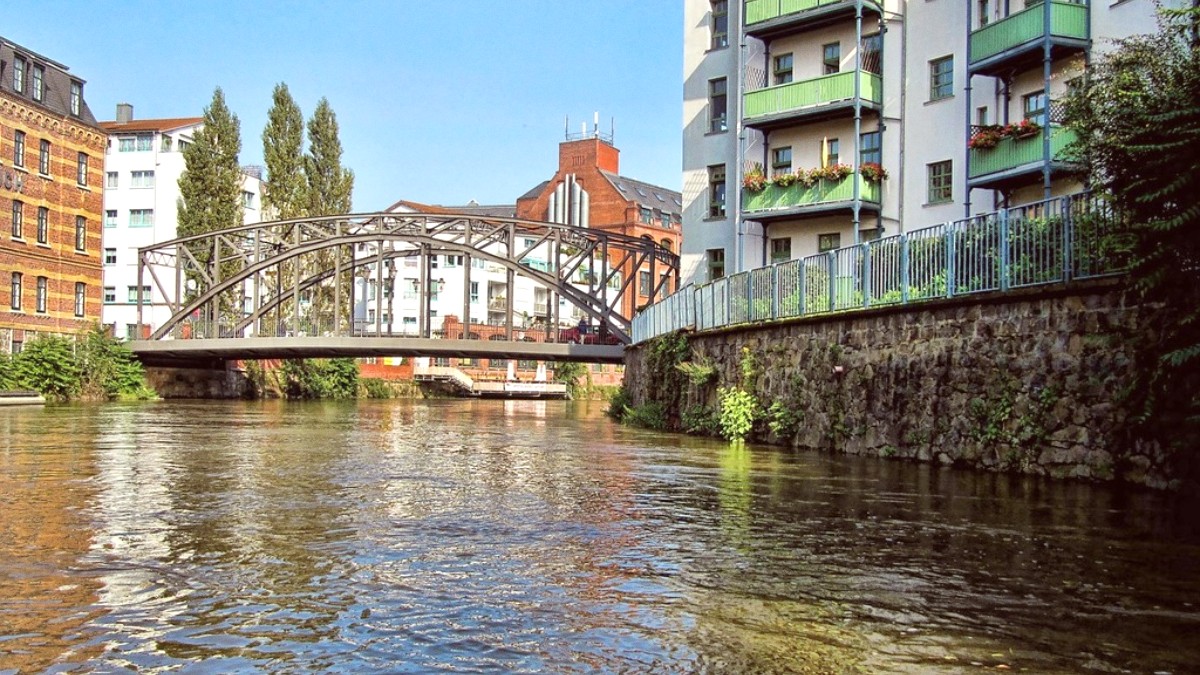
Saxony, Germany
The city is positioned approximately 160 kilometers, about 100 miles, southwest of Berlin. This closeness makes Leipzig reachable from the German capital. Dresden, another major Saxon city, lies about 120 kilometers, or 75 miles, to the northwest. This allows visitors to Leipzig to consider day trips to Dresden, experiencing more of Saxony's distinct culture and history.
Leipzig's history dates back to the Middle Ages, growing as a major European trade city due to its strategic location on ancient trade routes. This status initiated the Leipziger Messe, or Leipzig Trade Fairs, continent-wide renowned. These fairs shaped Leipzig into an economic powerhouse, attracting merchants and innovations.
Beyond commerce, Leipzig became a center for publishing and printing, fostering intellectual activity. Its strong association with music continues, with Johann Sebastian Bach, Felix Mendelssohn Bartholdy, and Robert Schumann having lived and worked in the city, cementing its standing as a city of music.
In 1813, Leipzig hosted the Battle of the Nations, a decisive defeat for Napoleon's forces during the Napoleonic Wars. This conflict, among the largest in European history prior to the World Wars, involved a coalition of armies and halted French dominance in Central Europe. The Monument to the Battle of the Nations commemorates this pivotal event.
More recently, Leipzig played an important role in the Peaceful Revolution of 1989. Non-violent protests in the city contributed to the fall of the Berlin Wall and German reunification. The Nikolaikirche, or St. Nicholas Church, served as a central gathering point for the Monday Demonstrations, where citizens protested the East German communist regime.
Early development as a trade city on major routes.
Trade fairs bring economic power and continental recognition.
Intellectual and musical hub, home to Bach, Mendelssohn, Schumann.
Battle of the Nations, Napoleon's decisive defeat.
Peaceful Revolution, beginning of German reunification.
Leipzig is Saxony's largest city by population, a place where history and modernity are present together. It operates as a dynamic cultural and economic hub within Germany. The city offers diverse culinary options, with traditional Saxon dishes and international flavors.
Leipzig experiences ongoing growth in its creative industries, attracting artists, designers, and entrepreneurs. The city's layout features numerous waterways, providing scenic views and boat tour options. Extensive green spaces, including large parks and forests, offer places for relaxation and outdoor activity.
Leipzig shows a transformation from its post-industrial past, especially in districts like Plagwitz. Here, former industrial buildings are now art galleries, studios, and trendy cafes. This blend of old and new, nature and urban development, shapes Leipzig's distinct character. The city maintains its identity as a center for trade, while honoring its rich musical legacy.
Leipzig presents a city that respects its past while moving towards an innovative future.
Leipzig is Saxony's most populous city, a cultural and economic center. It offers a mix of historical depth and modern dynamism.
Visitors can enjoy diverse culinary experiences, significant green spaces, and a city fabric that beautifully integrates waterways with revitalized industrial areas.
Extensive parks and forests offer relaxation and outdoor activities within and around the city.
Former industrial areas like Plagwitz are now hubs for art, culture, and contemporary living.
A city with a profound musical past, honoring composers like Bach, Mendelssohn, and Schumann.
Leipzig's cultural landscape includes world-renowned institutions that uphold its artistic traditions and intellectual pursuits.
Continues its historical role with modern logistics hubs and trade fair operations.
Home to major automotive manufacturing plants, a significant economic driver.
Growing creative industries and a IT sector attract new businesses and talent.
The city's flat terrain and extensive public transport make it easy to explore on foot or by bicycle.
A welcoming atmosphere with many English speakers in tourist-oriented areas.
Leipzig offers good value compared to larger German cities, with reasonable prices for accommodation and dining.